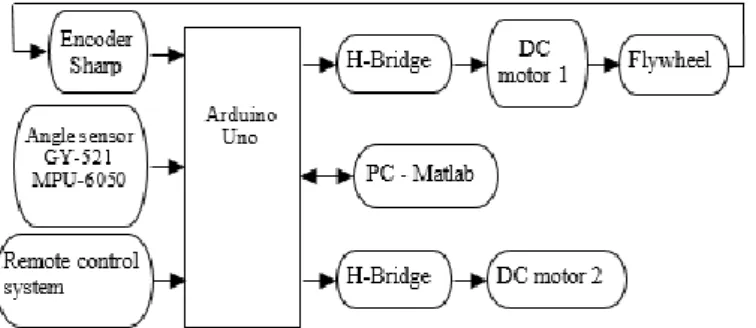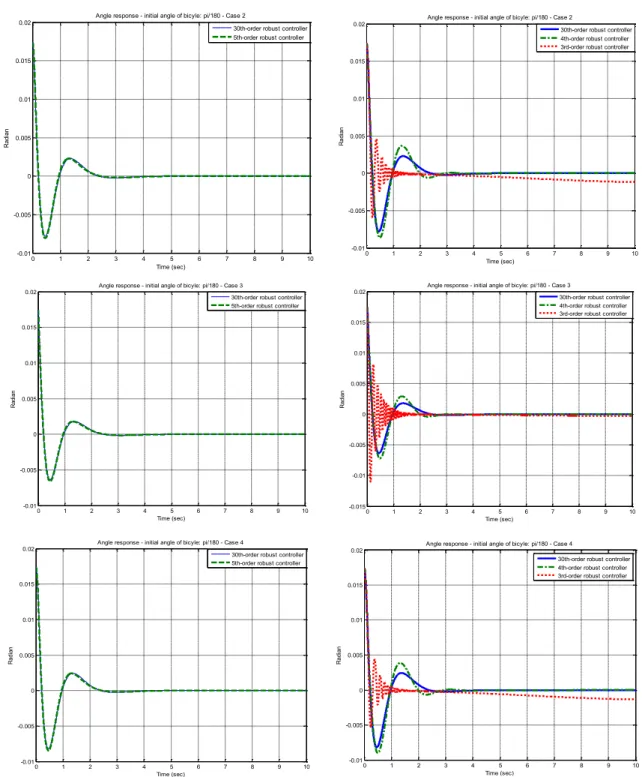Application of model reduction for robust control of self-balancing two-wheeled bicycle
Full text
Figure




Related documents
(2015) suggested using the 1-D green channel of the RGB image in- stead of the 2-D R/B and the 3-D RGB methods for cloud detection methods by analyzing the imaging principle of
Therefore, the use of perception affecting factors P AF and evaluation criteria EC is suggested to compute the perceived indidvidual risk r perc and the acceptable individual.. risk
Passed time until complete analysis result was obtained with regard to 4 separate isolation and identification methods which are discussed under this study is as
In conclusion, this study showed that in a patient group with mainly moderate and severe COPD experience a loss of peripheral muscle strength and endurance, exercise capacity
AIRWAYS ICPs: integrated care pathways for airway diseases; ARIA: Allergic Rhinitis and its Impact on Asthma; COPD: chronic obstructive pulmonary disease; DG: Directorate General;
It was decided that with the presence of such significant red flag signs that she should undergo advanced imaging, in this case an MRI, that revealed an underlying malignancy, which
Taking these new developments into who was the first person to work professionally in the consideration, National Association of Decorative Arts field in the United States, developed
We typify joint distributions for class prevalences over standard simplices by means of uniform and beta distributions, and create a family of classification systems using actual



